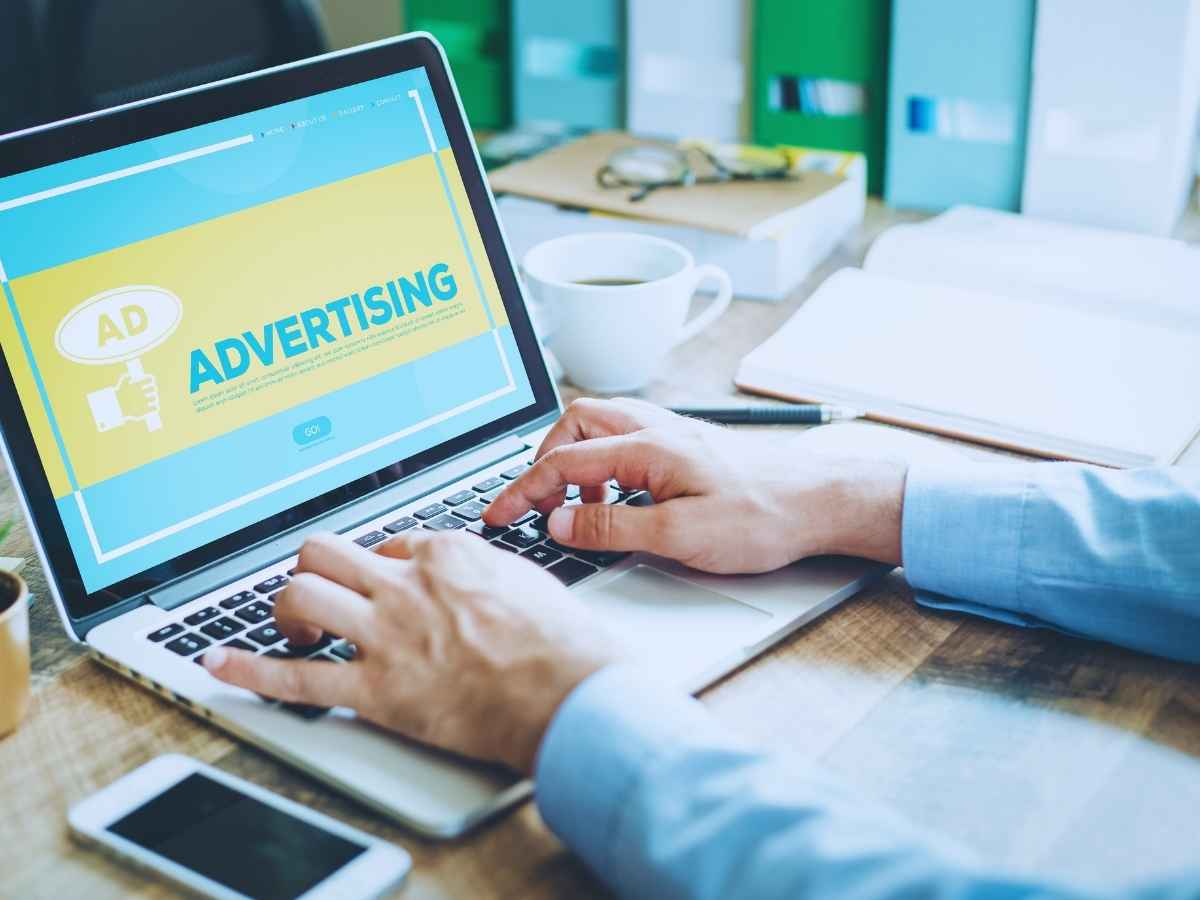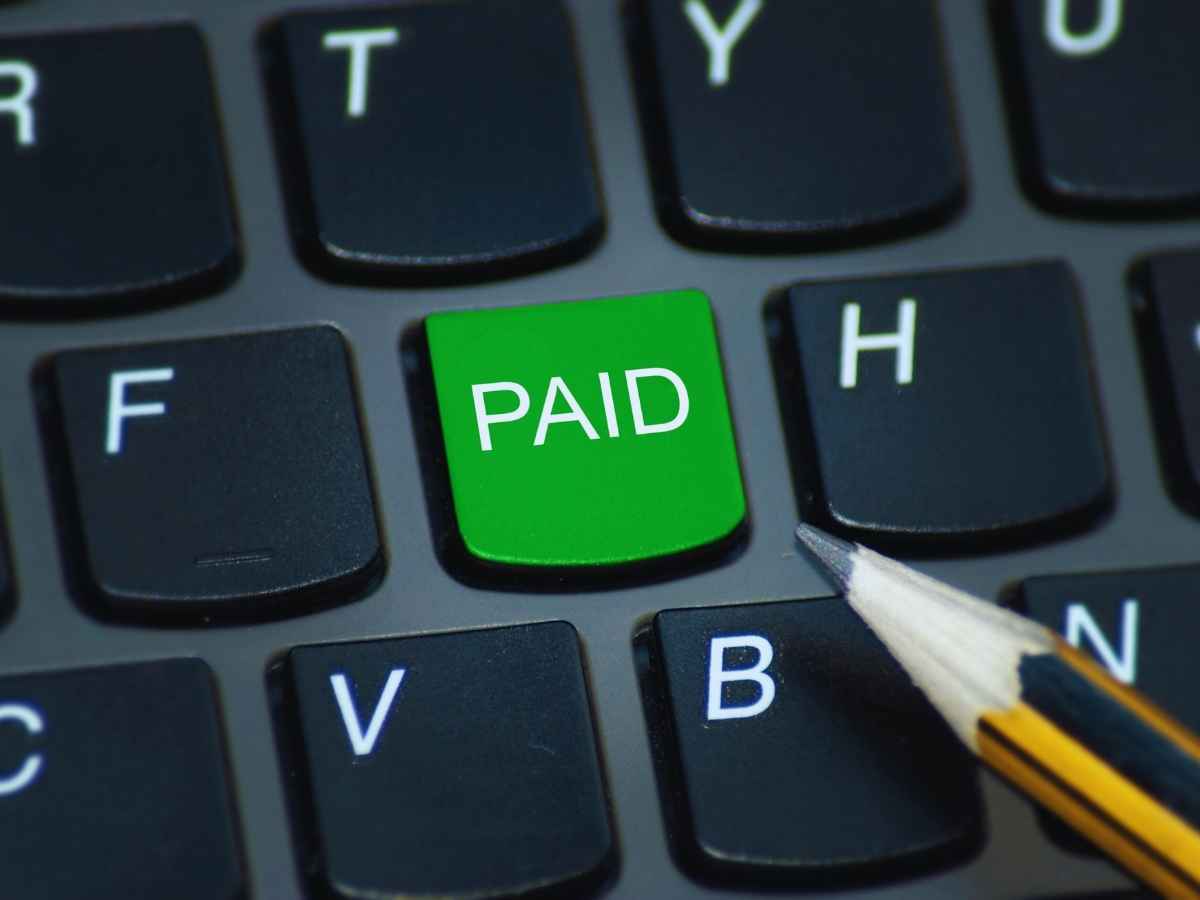Growing a business is all about making the right moves at the right time. One of the most critical decisions? Choosing between paid advertising and organic growth to drive traffic, generate leads, and boost revenue. Both strategies have their perks, but knowing which to choose (and when) could be the difference between flourishing and floundering.
This blog will explore the unique benefits, drawbacks, and applications of paid advertising and organic growth, helping you decide which strategy aligns with your goals. Plus, we’ll show you how combining the two could maximize your results.
Whether you’re a small business owner, a marketing manager, or an entrepreneur, by the end of this article, you’ll have a clear roadmap for creating a winning digital marketing strategy.
What Is Paid Advertising?
Paid advertising means spending money to promote your brand, product, or service on various platforms. Think Google Ads, Facebook Ads, or LinkedIn Ads. This strategy allows businesses to display their message directly to highly targeted audiences.
Common Platforms for Paid Ads
- Search Engines (e.g., Google Ads): Appear on top of search results when users search for your keywords.
- Social Media (e.g., Facebook Ads, Instagram Ads): Show your ads to specific demographics, interests, and behaviors.
- YouTube Ads: Share videos that attract and engage users visually.
Benefits of Paid Advertising
- Fast Results: Hit the ground running! Set up a campaign, and you can see traffic and leads rolling in almost immediately.
- Precise Targeting: Use tools to define your audience by location, age, interests, or even recent online behavior.
- Measurable: Platforms provide detailed analytics on clicks, conversions, and ROI, helping you fine-tune campaigns effectively.
Drawbacks of Paid Advertising
- Costs Add Up: Running ads can get expensive, especially for competitive industries.
- Dependency: The flow of traffic stops the moment you pause your campaigns.
- Diminishing Returns: Overexposure of ads to the same audience can lead to ad fatigue, reducing performance over time.
Paid advertising works great for businesses with a generous marketing budget, clear short-term goals, and a need for quick results.

What Is Organic Growth?
Organic growth is the process of attracting traffic naturally without paid promotions. It’s all about building trust, delivering value, and fostering engagement through consistent, quality content.
Techniques to Drive Organic Growth
- Search Engine Optimization (SEO): Optimize your website and blog content for keywords your audience is searching for.
- Content Marketing: Create high-quality blog posts, videos, and infographics to provide value and attract readers.
- Social Media Engagement: Use platforms like Instagram, Facebook, and LinkedIn to connect and communicate with your audience.
Benefits of Organic Growth
- Cost-Effective: Once established, organic traffic doesn’t require significant ongoing investments.
- Builds Trust: Audiences tend to trust organically discovered content more than paid ads.
- Sustainable Results: Unlike ads that stop bringing in traffic once paused, strong organic efforts generate long-term value.
Drawbacks of Organic Growth
- Takes Time: Organic growth is a slow burn. It requires months of effort before results materialize.
- Effort-Intensive: Consistency is key, which means continuously creating and optimizing content.
For brands looking to grow sustainably and establish trust over time, organic growth is a long-term win.
Key Differences Between Paid Advertising and Organic Growth
To simplify these strategies, here’s a clear breakdown of how they compare:
| Factor | Paid Advertising | Organic Growth |
| Speed of Results | Instant | Gradual |
| Cost | High (Pay-per-click or campaign costs) | Minimal (Time and effort investment) |
| Sustainability | Short-term (Dependent on budget) | Long-term (Ongoing value) |
| Audience Trust | Moderate (Users know it’s a paid promotion) | High (Earned trust builds credibility) |
| Control Over Reach | High (Customizable targeting) | Limited (Relies on search engine algorithms and organic reach) |
When deciding between the two, consider your business goal. Need fast clicks or sales? Paid ads are the way to go. Want to build long-term brand equity? Focus on organic growth.
When Should You Invest in Paid Advertising?
Paid advertising has its moments, and knowing when to leverage it can make all the difference. Consider paid ads if you’re looking for these outcomes:
- Launching a New Product or Service: Immediately amplify your reach and build awareness.
- Time-Sensitive Promotions: Running a sale or limited-time offer? Paid ads ensure your audience sees it.
- Need Quick Leads: When fast lead generation is crucial, PPC campaigns can deliver right away.
- Testing Marketing Messages: A/B test ads to evaluate what resonates best with your audience.
With well-planned marketing budget allocation, paid advertising can help maximize ROI for short-term goals.
When Should You Focus on Organic Growth?
If you’re playing the long game, organic growth should be your priority. It’s ideal for these scenarios:
- Building Brand Authority: Regularly publishing valuable content positions you as a thought leader in your industry.
- Reducing Customer Acquisition Cost (CAC): Over time, organic channels generate significant ROI since no ad spend is required.
- Strengthening SEO: A website ranking on the first page of Google is a goldmine for sustained traffic.
- Fostering Community: Engaging followers through consistent social media activity fosters loyalty and trust.
The beauty of organic growth lies in its compounding effect. Content created today may generate traffic for years.
How to Combine Both for Maximum Impact
Why pick one when you can have both? Combining paid advertising and organic growth into a cohesive strategy can give your business the best of both worlds. Here’s how:
- Start with Paid Advertising for Fast Results
Use PPC campaigns to kickstart traffic and sales while building awareness. This works particularly well for new products or businesses aiming to hit the ground running.
- Invest in Organic Strategies Simultaneously
While your paid campaigns are running, develop an SEO and content marketing plan. Over time, this will reduce your reliance on ads.
- Test and Optimize
A/B test your ad copy and website content for conversions, then refine your organic efforts based on the results.
- Example
Suppose you’re launching an e-commerce store. Use paid ads to drive immediate traffic to your site while creating blog content optimized for keywords like “how to choose the best running shoes.” Over six months, as your organic rankings improve, gradually reduce ad spend and rely more on organic traffic.
Smart marketing budget allocation between the two ensures maximum ROI with a balanced mix of timeless and immediate tactics.

Common Mistakes to Avoid
Even the best strategies can falter without clear direction. Watch out for these pitfalls:
- Relying Solely on One Channel: Relying too heavily on ads or organic growth can lead to missed opportunities.
- Ignoring Metrics: Track important KPIs like traffic conversion rate and cost per lead to understand impactful tactics.
- Neglecting Optimization: Not testing ad campaigns or refreshing your organic content will limit long-term success.
- Underestimating Time: Organic growth requires consistent effort, so prepare for the long haul.
Avoiding these mistakes can significantly boost the efficiency of your digital marketing efforts.
Build a Winning Digital Marketing Strategy
When it comes to paid advertising vs. organic growth, the real question isn’t which is better. It’s when to use each. Paid ads deliver instant visibility and fast results, while organic growth builds trust and long-term sustainability.
By understanding your goals, budget, and audience, you can craft a strategy that leverages the best of both.
Need help tailoring your approach? Talk to our experts and explore a detailed digital marketing strategy designed for maximum growth. Get started today!





